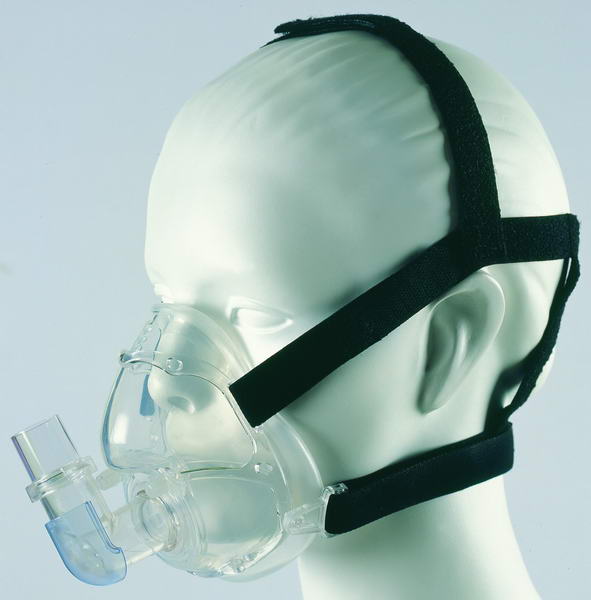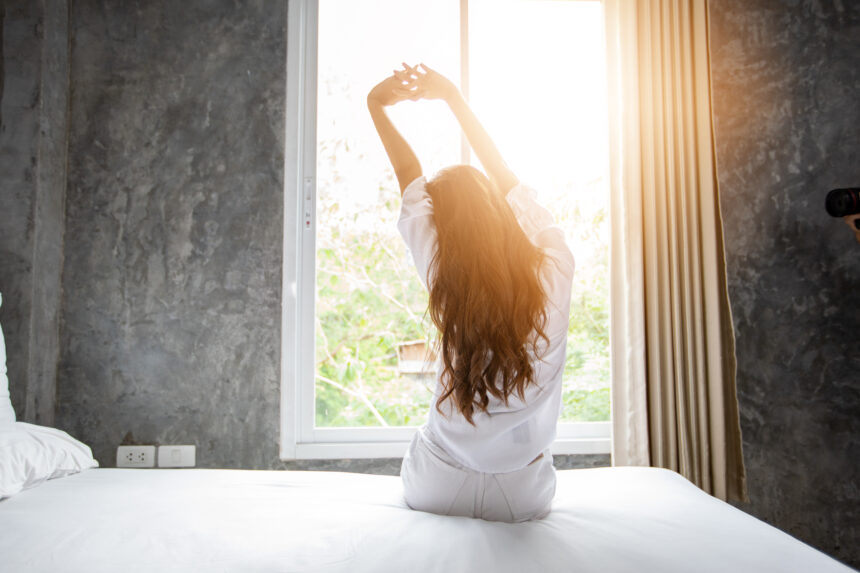Sleep apnea disrupts breathing while you sleep, fragments your rest, and raises long-term risks you can’t ignore. The good news: diagnosis is easier than ever, and treatment options are practical if you know how to use them. This guide gives you the essentials—without the jargon.

Quick facts
- What it is: Obstructive sleep apnea (OSA) happens when the upper airway collapses during sleep; central sleep apnea is a brain–breathing control issue.
- Why it matters: Untreated sleep apnea can worsen blood pressure, heart risk, insulin resistance, and daytime performance.
- Good news: Home sleep tests can confirm many cases. CPAP works for most people when fit and comfort are handled correctly. Oral appliances and positional therapy help the right candidates.
What is sleep apnea?
Sleep apnea means your breathing repeatedly stops or drops while you sleep. The oxygen dips and arousals fragment your night, even if you don’t fully wake up. Common signs include loud snoring, witnessed pauses or gasps, morning headaches, dry mouth, and excessive daytime sleepiness.
Types of sleep apnea
- Obstructive sleep apnea (OSA): Airway narrows or collapses during sleep. This is the most common form.
- Central sleep apnea (CSA): The brain’s breathing drive misfires; airflow stops without a blockage.
- Complex or mixed: Features of both OSA and CSA.
Who is at higher risk?
- Neck circumference growth, craniofacial crowding, or nasal obstruction
- Weight gain, especially around the neck and trunk
- Alcohol or sedatives near bedtime
- Sleeping on your back
- Family history and aging
Simple screeners like STOP-Bang can flag risk (snoring, tiredness, observed apneas, high blood pressure, BMI, age, neck, gender). High scores mean you should talk to a clinician.
Symptoms you shouldn’t ignore
- Snoring plus witnessed pauses, gasps, or choking
- Daytime sleepiness or “micro-sleeps,” especially while driving
- Morning headaches, brain fog, or mood changes
- High blood pressure that’s hard to control
How diagnosis works
You have two main paths:
- Home sleep apnea test (HSAT): A simplified setup measures airflow, effort, and oxygen at home. It’s convenient for suspected moderate-to-severe OSA without major comorbidities.
- In-lab polysomnography (PSG): Full monitoring (EEG, airflow, effort, oxygen, limb movement) in a sleep lab. Best for complex cases, CSA suspicion, or when HSAT is negative but symptoms persist.

What your report means
- AHI (Apnea–Hypopnea Index): Breathing events per hour of sleep. Common cutoffs: mild 5–14, moderate 15–29, severe ≥30.
- Oxygen desaturation: How far and how often oxygen drops.
- REM and position effects: Many have REM-dominant or back-sleep-dominant sleep apnea, which changes treatment choices.
Treatment options that actually work
CPAP/APAP
Continuous or auto-adjusting positive airway pressure keeps the airway open using gentle air pressure. For most people with OSA, CPAP is the most effective treatment.
- Mask fit first: Full-face for mouth breathing or congestion; nasal mask or pillows for others.
- Comfort tweaks: Humidifier, ramp (gradual pressure build), and mask liners reduce dryness and leaks.
- Data helps: Modern devices track usage, leaks, and residual AHI—use the app or card to confirm progress.
Custom oral appliance
Mandibular advancement devices hold the jaw slightly forward to keep the airway open. Best for mild to moderate OSA or for people who can’t tolerate CPAP. A dental sleep specialist will fit and titrate it; follow-up testing checks effectiveness.
Positional therapy
If your events spike on your back, learn to stay side-sleeping. Options: wearable trainers, specialized pillows, or simple hacks that make back-sleeping uncomfortable.
Weight, nasal care, and habits
- Weight: Even a small, sustained loss can reduce AHI in many people.
- Nasal care: Treat allergies and congestion with clinician-approved sprays or rinses to improve comfort on CPAP.
- Evening habits: Avoid alcohol and sedatives near bedtime; leave 2–3 hours between dinner and lights-out.
Surgery & other options
Some benefit from surgery when anatomy drives obstruction (e.g., enlarged tonsils, severe nasal septum issues). For selected cases, advanced options like hypoglossal nerve stimulation may be offered by specialists after standard therapies are tried.
CPAP success: 9 practical tips
- Get fitted for at least two mask styles; comfort beats theory.
- Use the ramp feature early on; raise pressure gradually as you adapt.
- Turn on heated humidification to reduce dryness and congestion.
- Check and adjust headgear while lying down at your sleep position.
- Wash the cushion regularly; replace worn parts to prevent leaks.
- If you mouth-breathe, try a full-face mask or a soft chin strap.
- Track your usage and residual AHI; share reports at follow-ups.
- Address nasal allergies; CPAP is hard when you’re stuffy.
- If you’re struggling, ask for a short “re-titration” or coaching session.
Safety notes and when to get help
- Persistent sleepiness despite good adherence
- Severe morning headaches or notable oxygen drops on your device report
- Suspected central sleep apnea or complex events on data
- Heart failure, COPD overlap, or neuromuscular disease—get specialist guidance
Costs and coverage, in brief
Many plans cover diagnosis and treatment when criteria are met. Ask about rental vs purchase for CPAP, mask replacement schedules, and whether your home test or lab study is in network. If you use an oral appliance, check medical vs dental coverage rules.
For your bed partner
Share what you’re trying. Ask them to note snoring, gasps, or restlessness during the first weeks of treatment. Their feedback helps you fix leaks, position, and timing. Many partners sleep better when your sleep apnea is treated—sell the benefits.
FAQ
Is CPAP forever? Not always. If weight, anatomy, or positional factors change, you may need different settings or a different therapy. Don’t stop without retesting.
What if I can’t tolerate CPAP? Work on mask fit, humidity, and pressure ramp first. If it still fails, ask about a custom oral appliance and positional strategies. Retest to confirm results.
Can I self-diagnose? No. Apps and wearables hint at risk, but only a sleep test can confirm sleep apnea and guide treatment safely.
Related reads on Bulktrends
- The Science of Sleep: How to Get Better Rest
- Immune Health Basics: 12 Evidence-Backed Habits
- Ultra-Processed Foods Explained
- Health Trends to Watch
Authoritative sources
- American Academy of Sleep Medicine — Patient Guides
- NHS Inform — Obstructive Sleep Apnoea
- CDC — Sleep & Heart Health (sleep apnea overview)
- NIH/NHLBI — What Is Sleep Apnea?
- NICE NG202 — OSAHS: Diagnosis & Management
Educational content, not medical advice. For symptoms or treatment decisions, talk to your clinician.






